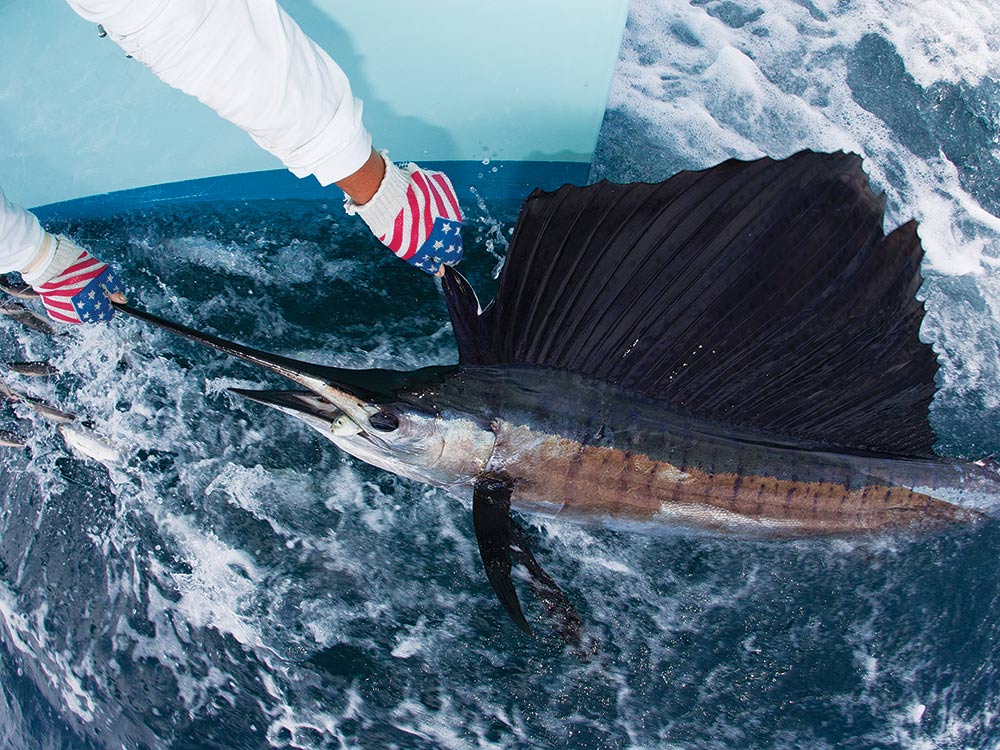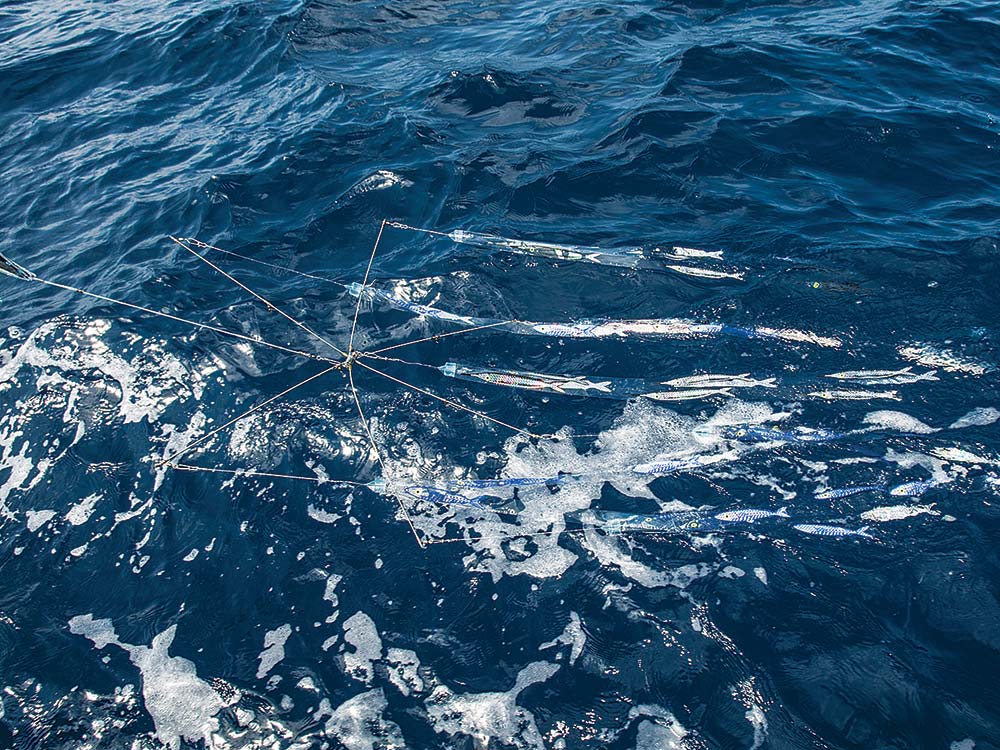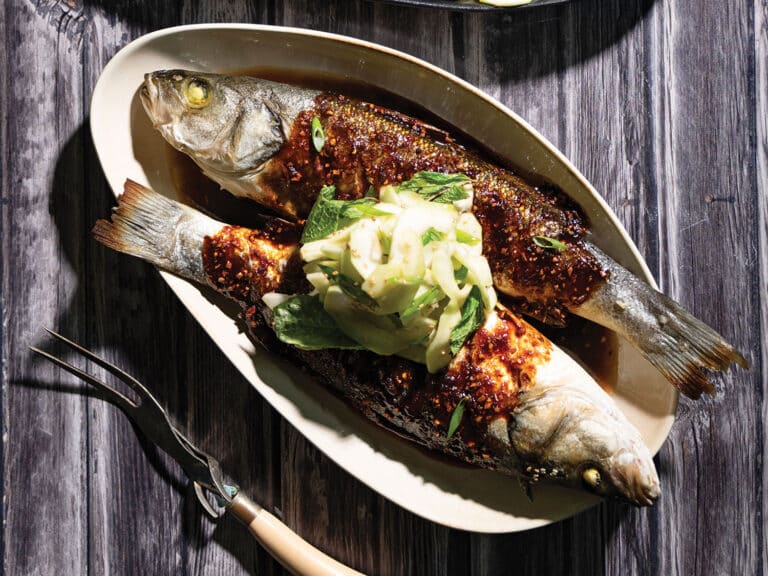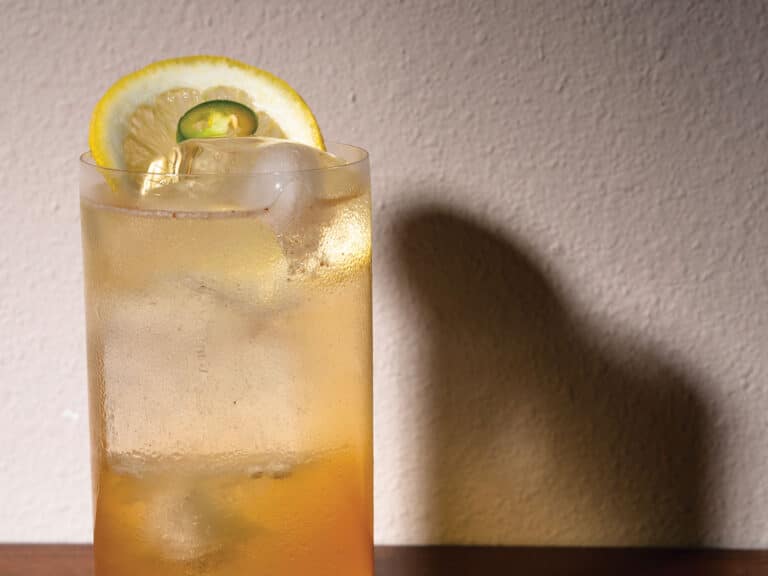
When it’s time to lure a hungry billfish to the boat, there are a wide variety of teasers to use. From dredges and squid chains to bowling pins and even boat fenders, the logic comes from those on the troll at 6 knots or more: Create the most splash and the biggest footprint in the spread as possible.
But without the camouflage provided by a moving boat’s white water, the live-bait sailfish that’s raised behind a barely moving sport-fisher or center console has more cause to be cautious. Tricking them into believing a feast awaits them at the surface is a task best handled using a different technique than conventional teasers.
Unlike dead-bait trolling, teams live-baiting for sailfish move very slowly through the water.
Relying on the Gulf Stream and tidal currents to move up and down the edge, very little throttle is used to position the boat into the wind for kite-fishing or to change depths when fishing baits straight from the outriggers. A lightweight strip-style teaser is a not-so-new tactic that many fishermen use to attract the attention of sailfish and other pelagics to the spread.
What It Is
Strip teasers are a series of clear Mylar strips with holographic baitfish stickers printed on them in a straight line, usually resembling the two types of baitfish commonly used in live-baiting: ballyhoo and sardines. These individual strips are attached to the rings of a lightweight six-arm umbrella rig or spreader bar with small swivels.

The umbrella rigs can be linked together for a double- or even triple-tiered presentation, and the length of the strips themselves also varies. They can range from relatively short ones with six baitfish to longer strips with as many as nine to 15 fish-shaped silhouettes. The strips’ fish also come in different colors, the most popular being black, blue and green.
Why It Works
The strip teaser is meant to mimic a school of baitfish, so an inquisitive sailfish, as well as most other pelagics, will check out the flowing teaser simply because it’s flashy, creating a light-reflecting shimmer of commotion underwater and tricking the predators into believing this is a bait school worthy of investigation. From the tower or the bridge, it’s easy to see this glitzy display in clear water, and the likelihood of seeing a lit-up sailfish checking it out — or with its head buried in it — is very good, if you are watching for it.
How to Fish It
There are several ways to fish this teaser, and I think I’ve probably used most of them. The most common way on bigger boats is to use the standard bridge teaser setup under the hardtop, or just fish it right off the rod tip on a teaser rod from center console boats without dedicated teaser reels. Attach the center ring of the umbrella rig to the teaser line swivel and fish it just as you would a dead-bait dredge. You want to position the strip teaser in line with the spread as far back as possible, as long as you can still see it from the bridge or tower. In the rigger spread, fish the flat line on top of or just behind it so when you bring up the teaser, the fish has a hook bait to immediately switch over and eat.
On those days when you encounter high winds, big seas or ripping current, you might need to attach a lead weight between the umbrella rig and the teaser line swivel to keep it from skipping on the surface and becoming tangled; anywhere from 6 to 12 ounces should do. I make a series of weight rigs and keep them on hand so the correct weight is at the ready once I analyze the conditions. It is important the teaser not be overweighted, which will result in it hanging straight down as opposed to being stretched out behind the boat and waving enticingly in the current.
To make the weight rigs, I start with a 1-foot piece of 400-pound monofilament. Create a loop at one end and crimp; on the other end, slide on an egg sinker and then crimp on a snap swivel, which will attach to the top ring of the umbrella rig. I like to be fancy, so I push the sinker into an octopus skirt to conceal the lead and make it less damaging in case it is dropped on the deck or hits the side of the boat. I try to match the color of the skirt to the strips I’m pulling, and I also like to match the color of the strips to the water color I’m fishing in, since baitfish generally take on the color of their environment, blending in and making themselves a little less noticeable.
The possibilities of this tactic are endless. I’ve sunk these teasers into the depths and brought them up slowly to raise deep sails into the spread during tournaments, fished the individual strips from a spinning rod, pulled the spreader bars from a kite, and used them like a dredge while slow-trolling. The strip-style teaser is a versatile, easy-to-deploy addition to your live-bait fishing that is truly open to all types of interpretation. If you are a live-baiter, or even an offshore fly-fisherman, the strip teaser should definitely be in your tackle arsenal.







